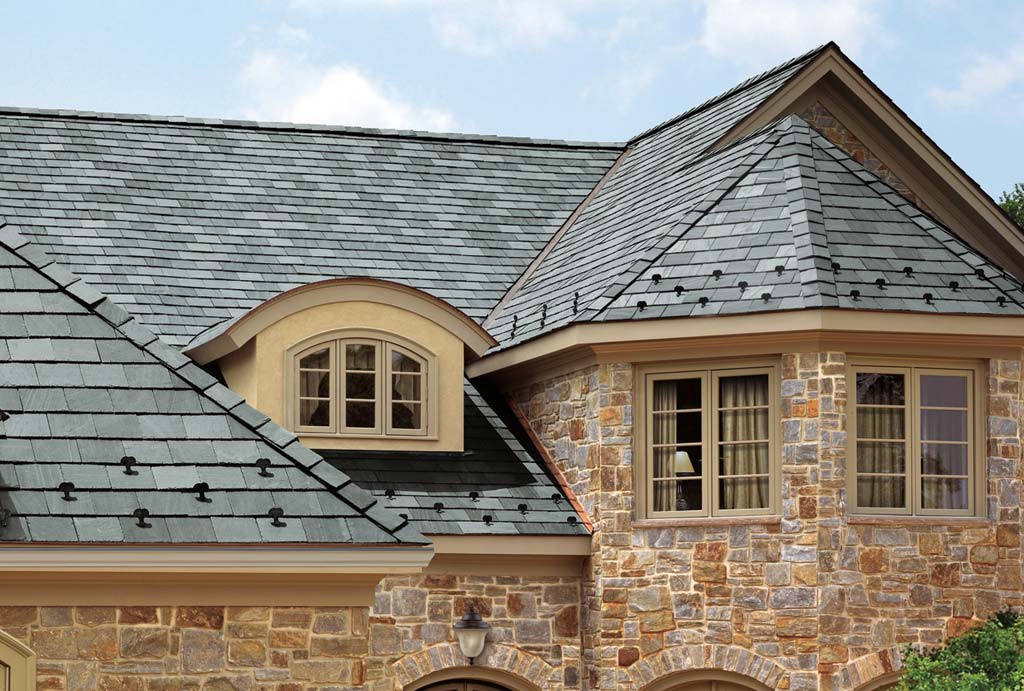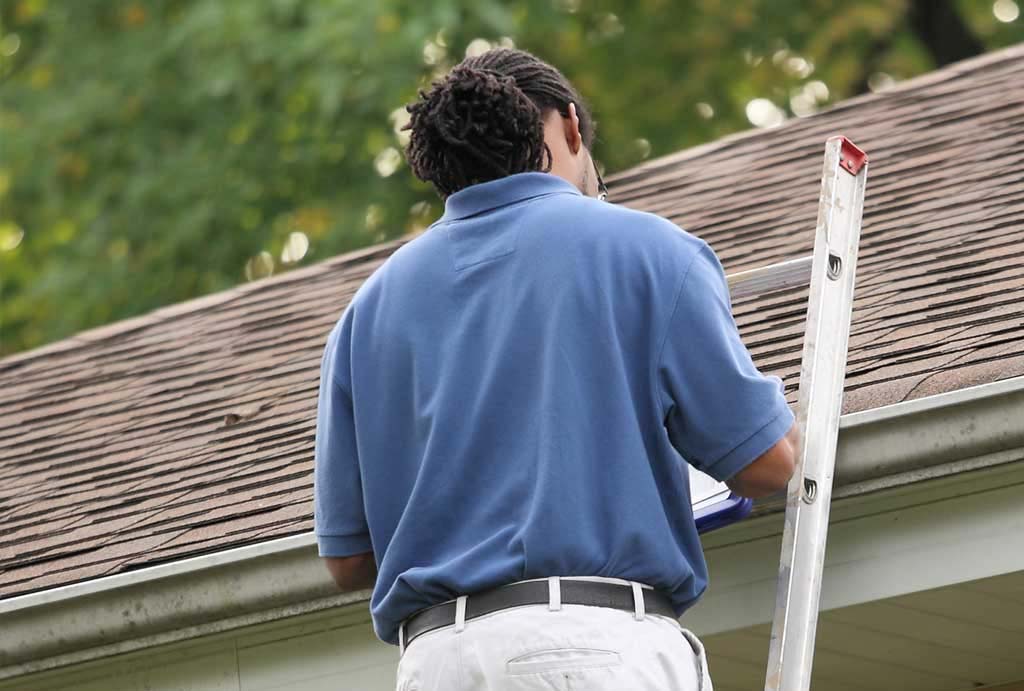Heavy rains can turn a solid roof into a vulnerable entry point for water, leading to damage that costs thousands of dollars to repair. In Indianapolis, where spring and summer storms often bring heavy downpours, taking proactive steps to protect your roof is critical. This guide will walk you through simple, effective strategies to keep your roof watertight, helping you avoid leaks, maintain the integrity of your home, and save on expensive repairs.
Understand Why Heavy Rains Threaten Your Roof
When rain pours at high volume, water seeks out any weakness in your roofing system: cracked shingles, loose flashing, clogged gutters, or damaged underlayment. Over time, small gaps in your roof’s protective layers allow water to seep into the decking and eventually into your attic and living spaces. If left unchecked, this moisture can cause:
- Wood rot in rafters and decking
- Mold growth on insulation and walls
- Stains, peeling paint, and structural damage to ceilings and walls
By recognizing that heavy rains magnify minor roof issues, you can see why routine maintenance and quick repairs are so important.
Inspect Your Roof at Least Twice a Year
A thorough inspection helps you spot trouble before it turns into a leak. Focus on these areas:
- Shingles: Look for cracks, curling, or missing pieces. Even one damaged shingle can let water in during a downpour.
- Flashing: Check metal flashing around chimneys, vents, and valleys. Rusted or lifted flashing creates gaps for wind-driven rain.
- Drip Edge: Ensure the metal drip edge along eaves and rakes is firmly attached. A secure drip edge guides water off the roof and into the gutters.
- Gutters and Downspouts: Remove leaves, twigs, and debris that block water flow. Clogged gutters allow water to back up under shingles.
Many homeowners find it easiest to inspect after winter and again before the summer rainy season begins.
Clean and Maintain Your Gutters
Gutters play a critical role in protecting your roof from leaks:
- Clear debris regularly. At least twice per year and more often if you have overhanging trees remove leaves, sticks, and sediment.
- Check for proper slope. Gutters should slope toward downspouts to prevent standing water that might overflow onto the roof edge.
- Install gutter guards. These simple mesh or foam inserts limit clogging, reducing maintenance and helping rainwater flow freely.
Well-maintained gutters prevent overflow that can erode the roof edge, warp shingles, and force water beneath the underlayment.
Replace Damaged Shingles Promptly
Shingles are your roof’s first line of defense. In Indiana’s climate, asphalt shingles can crack, curl, or lose granules over time. Follow these tips:
- Spot-check after storms. Look for missing or loosened shingles after heavy winds or hail.
- Match materials. Use the same style and quality of shingles when replacing individual pieces to ensure consistent protection.
- Seal small cracks. Roofing cement can patch minor cracks, but more extensive damage calls for full replacement of the affected shingle.
Replacing shingles as soon as damage appears keeps water from penetrating deeper layers of your roof.
Ensure Proper Flashing and Sealing
Flashings thin pieces of metal installed around roof penetrations stop water from entering at joints. To keep flashing fully effective:
- Re-secure loose flashing. Fasten any flashing that has popped up at valleys, chimney bases, vent pipes, or skylights.
- Re-caulk seams. Use exterior-grade roofing sealant to fill small gaps around flashing edges.
- Upgrade old flashings. If flashing shows significant rust or damage, have a professional replace it with new, corrosion-resistant metal.
Wind-driven rain can force moisture under even the smallest flashing gap, so attention to detail is key.
Improve Ventilation and Insulation
A well-ventilated attic and properly installed insulation help manage moisture and temperature extremes:
- Balance intake and exhaust vents. Ensure soffit vents (intake) and ridge vents (exhaust) allow air to circulate, reducing heat and moisture buildup.
- Add insulation. Properly installed fiberglass or cellulose insulation keeps warm, moist indoor air from condensing on cold roof sheathing.
- Inspect after insulation upgrades. Make sure vents remain unobstructed and insulation isn’t blocking airflow paths.
Moist attic air can weaken shingles from below, so ventilation and insulation go hand in hand in leak prevention.
Consider a High-Quality Underlayment
Underlayment is the layer of felt or synthetic material directly beneath your shingles. In heavy rains, it serves as a backup barrier:
- Upgrade to synthetic underlayment. New synthetic materials resist tearing and shed water more effectively than traditional felt.
- Install ice and water shield at eaves. A self-sealing membrane at roof edges and valleys provides extra protection against wind-driven rain and ice dams.
- Check for proper overlap. Underlayment layers should overlap correctly to channel water away from the roof deck.
While underlayment isn’t visible once shingles are installed, choosing a premium product can significantly boost your roof’s leak resistance.
Trim Overhanging Branches
Trees add beauty and shade, but limbs that hang over your roof can:
- Rub shingles, wearing away protective granules.
- Fall during storms, causing punctures or impacting flashing.
- Shade areas, encouraging moss and algae growth that trap moisture against the roof.
Regularly trim branches at least 10 feet away from the roof to reduce debris and minimize storm damage.
Schedule Annual Professional Inspections
Even the most diligent homeowner can miss hidden problems. A licensed roofing contractor can:
- Perform a detailed infrared scan to detect moisture beneath the surface.
- Assess flashing integrity and reseal tricky areas.
- Recommend preventative maintenance customized to your roof’s age, material, and local weather patterns.
At Stay Dry Roofing, we offer comprehensive inspection plans that identify vulnerabilities before they lead to leaks.
Prepare for Emergency Repairs
If you discover an active leak during heavy rain:
- Contain the water. Place buckets under drips and move valuables away from the wet area.
- Apply a temporary seal. Use roof patches or tarp kits to cover damaged sections until permanent repairs can be made.
- Call a professional. Emergency repair teams can secure your roof and prevent further damage.
Prompt action minimizes interior damage and keeps repair costs from spiraling.
Why Choose Stay Dry Roofing?
At Stay Dry Roofing, we combine local expertise with top-tier materials to protect Indianapolis homes from rain-related leaks:
- Master Elite Contractors: Our team uses only the highest-rated shingles and underlayment.
- Customized Solutions: We tailor inspections and maintenance plans to your roof’s age, style, and exposure.
- Prompt, Reliable Service: From routine tune-ups to emergency patches, we’re on call when you need us.
Investing in professional maintenance and repair not only shields your home from costly leaks but also extends the life of your roof saving you money in the long run.
Final Thoughts
Protecting your roof from costly leaks starts with vigilance and simple upkeep. By inspecting your roof biannually, keeping gutters clear, replacing damaged shingles, and relying on quality materials, you can weather every Indianapolis storm with confidence. When in doubt—or when it’s time for a second opinion—trust the experts at Stay Dry Roofing to keep your home safe, dry, and secure.



